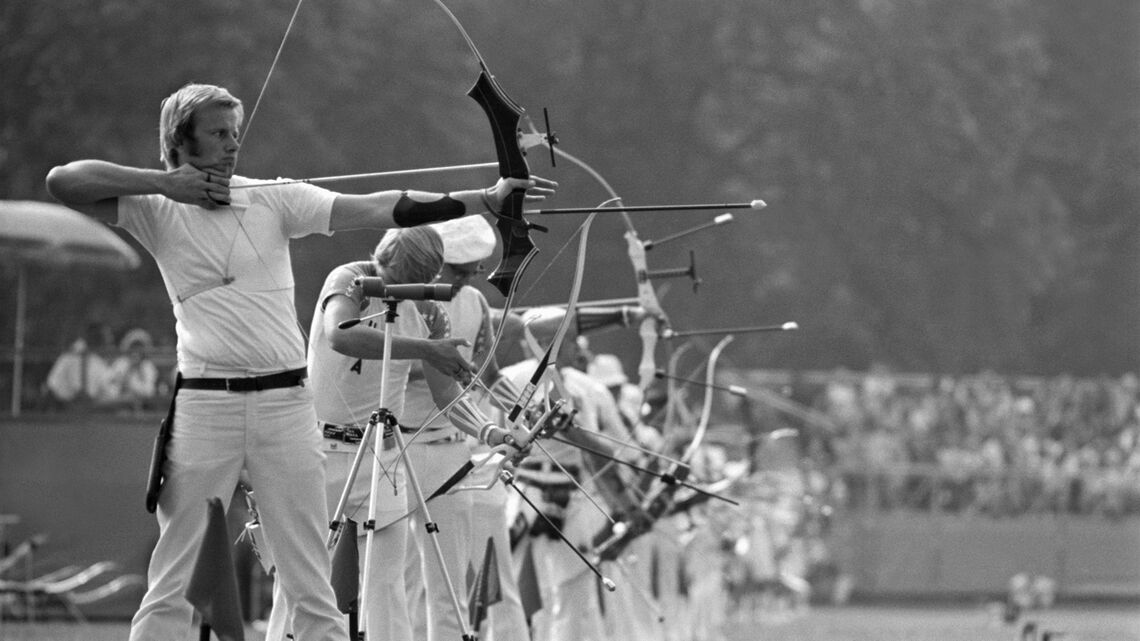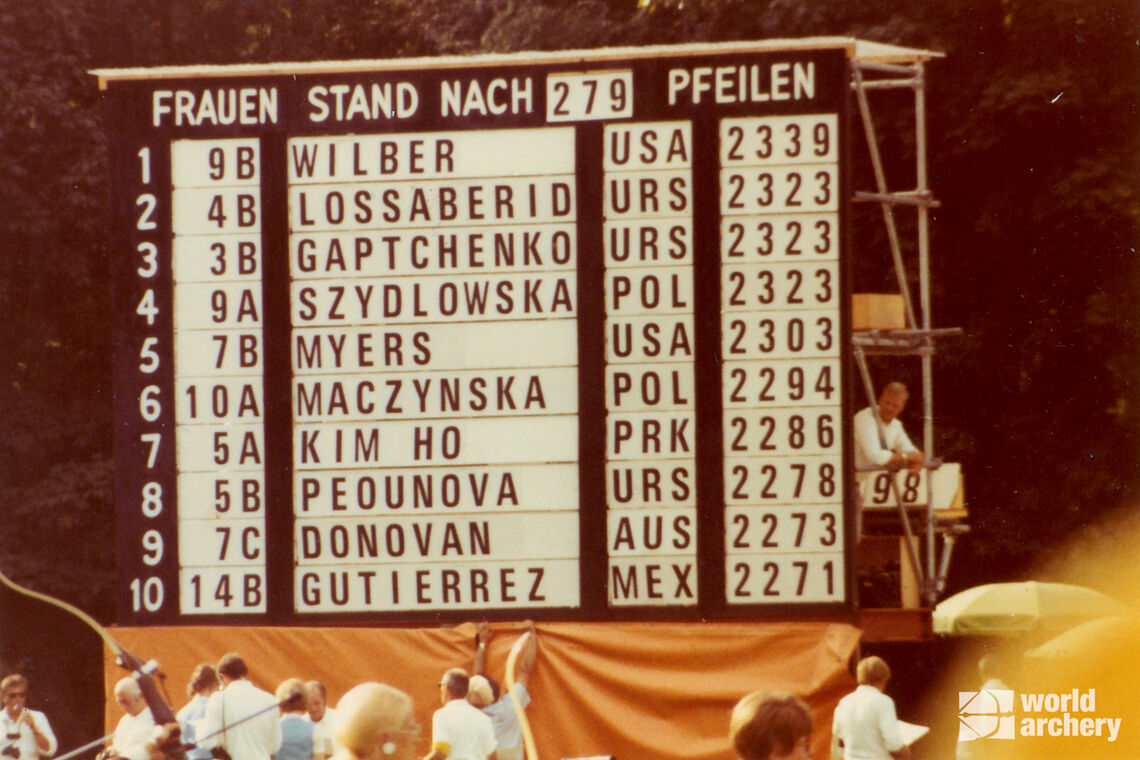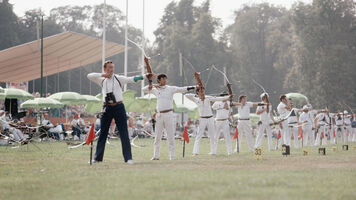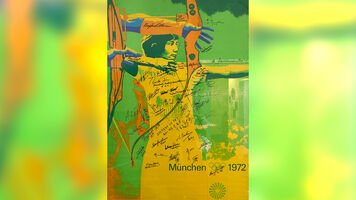Archery’s Olympic return was refined, elegant and took four days

The first modern Olympic archery event took place at the Games held in 1972 in Munich.
The range was built in Englischer Garten, one of the largest urban parks in the world and right in the centre of the German city. Major archery competitions of the era had more formal standards than today, perhaps retaining a little of the upper-class heyday of the sport in the 19th century. And archery’s first Olympics in 52 years played to that elegance.
On the orders of then-FITA president Inger Frith, the archers all wore white – a rule that would persist for a couple of decades.
At the time, the world championships featured marching bands, ceremonial parades of nations and grand banquets. It was even rumoured that a junior volunteer in the federation was delegated solely to carry Frith’s famous hat box. (She had different colours for different days, according to her contemporaries.)
In a book published later in 1972, writer James Coote described the Olympic archery competition as being held in “…an atmosphere reminiscent of the [the] Henley [Regatta], one expected at any moment to come upon the traditional English picnickers in a punt with a Fortnum & Mason’s hamper, discussing last week’s Hunt Ball.”
Frith apparently also demanded, but did not get, “lawns like Wimbledon tennis courts” for the fields.
This particular request was noted in his memoirs by a bemused Lord Killanin, who served as president of the International Olympic Committee in the 1970s, tartly adding, “perfectly ordinary grass works just as well”.
(Thirty-one years after Frith’s death in 1981, Olympic arrows would fly over the hallowed turf of Lord’s Cricket Ground in London, one of the most obsessively manicured stretches of grass in the world.)

Although team rounds had already been a part of world championships for many decades, only individual events would be contested at the Olympic Games until 1988. The format of the archery competition in 1972 – and for the next three Olympics – was the double-FITA round, which is now known as the 1440 Round.
Each FITA consisted of 144 arrows – 288 for the double in total – split equally over four distances.
Men shot 36 arrows at 122-centimetre targets set at 90 and 70 metres, while women had targets set at 70 and 60 metres. Both men and women then shot 36 arrows at 80-centimetre targets set at 50 and 30 metres. The competition took four days, two distances each day. There were practice ends at 90 metres but otherwise, every single arrow counted towards the final score – and the winner was the archer with the most points.
(The FITA – or 1440 Round – was used in international competition until 2013, although later as the phase of the tournament that seeded athletes for matchplay, until it was replaced by the current 72-arrow qualifying rounds.)
In 1972, 55 men and 40 women competed at the Olympics – a gender split rather more equal than the overall Games figure of 85% men to 15% women. Only nine sports (of the 21) included women. Eighteen nations participated in both the men’s and women’s archery events.
Although different bowstyles were already beginning to be recognised, with an instinctive category run alongside recurve at the World Archery Field Championships in 1969 and 1971, the identifier ‘recurve’ wasn’t included in the official names of the events. They were simply called ‘men’s individual’ and ‘women’s individual’.
That naming convention has remained for 50 years to this day, with only recurve still on the Olympic programme, although maybe it will change should compound join the Games for LA28.
Header photo courtesy International Olympic Committee.




